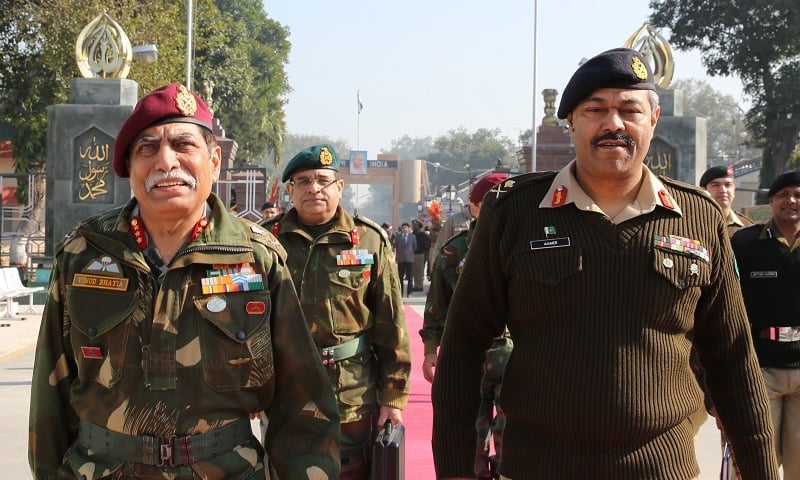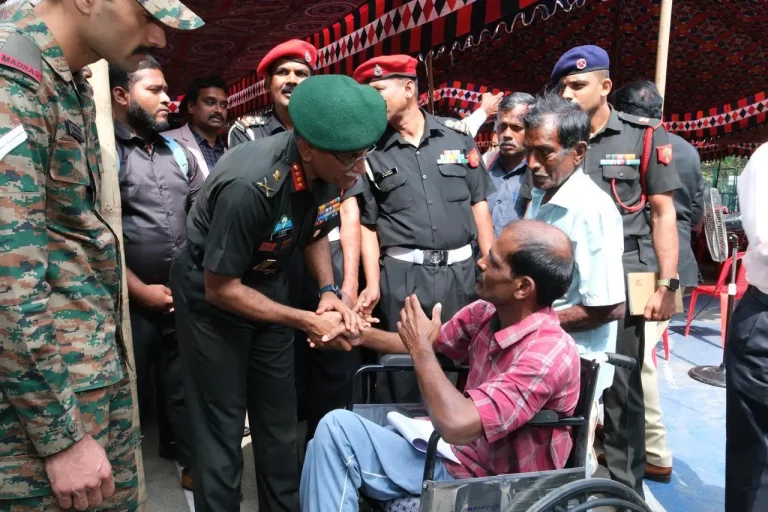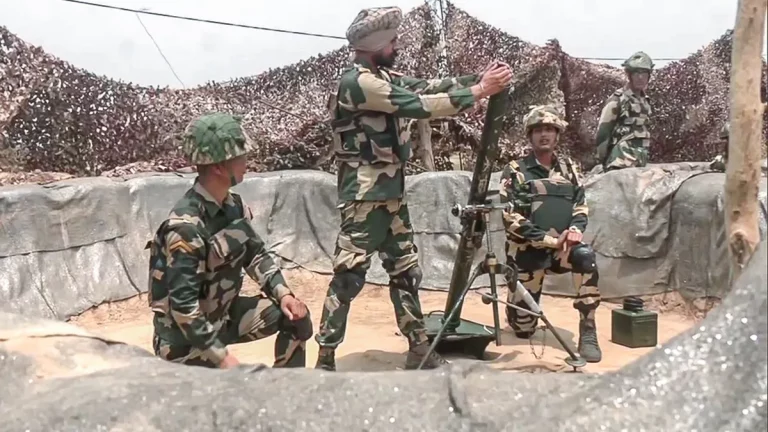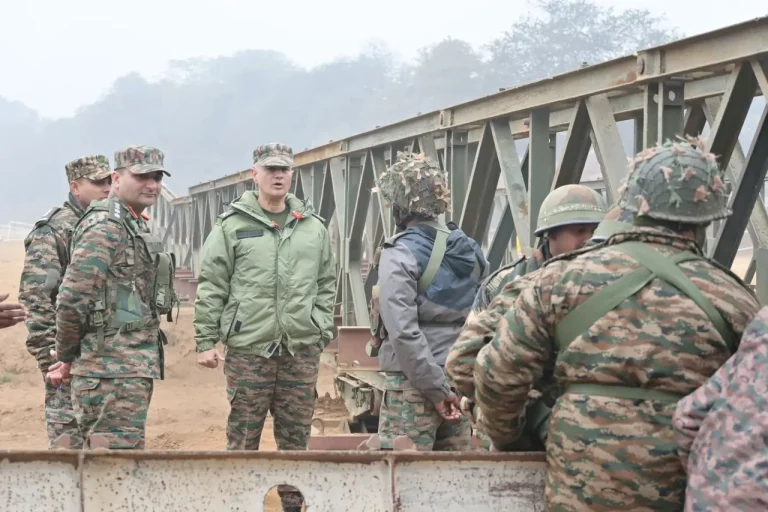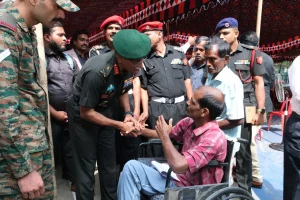In a significant development following weeks of escalating violence, India and Pakistan have reached a ceasefire agreement along the Line of Control (LoC) and the International Border. This decision was finalized after direct communication between the Directors General of Military Operations (DGMOs) from both nations earlier on Saturday.
Viram Misri, the Indian DGMO, confirmed the terms, stating, “It was agreed that both sides will stop firing in land, air, and sea from 1700 hours IST. DGMO will talk on 12 May.” The proposal for a ceasefire originated from Pakistan’s DGMO and was accepted by India with the specific understanding that it would only pertain to halting military operations. At this time, no further discussions or meetings have been scheduled.
The ceasefire announcement follows a particularly violent phase, sparked by the April 22 terror attack on Hindu pilgrims in Pahalgam, Jammu and Kashmir, which resulted in numerous civilian casualties and was attributed to militants backed by Pakistan. In retaliation, India launched Operation Sindoor on May 6, conducting precision airstrikes against alleged terrorist bases in Pakistan and Pakistan-occupied Kashmir (PoK). The Indian government claimed that this operation led to the neutralization of over 100 militants. In response, Pakistan executed airstrikes targeting Indian military assets, resulting in casualties and damage on both sides. A particularly deadly strike on May 7 in Muzaffarabad resulted in the loss of 31 lives and damage to a mosque, prompting widespread international concern and condemnation from Islamabad.
The escalation of hostilities saw missile alerts and explosions in Indian cities, including Pathankot, Amritsar, and Jalandhar, as civilian populations prepared for potential fallout from a broader conflict by constructing underground bunkers.
Diplomatic pressure, prominently from the United States, has been cited as a significant influence in brokering the ceasefire. Former U.S. President Donald Trump, who remains an influential figure in international relations, reportedly played a crucial role in persuading Pakistan to de-escalate tensions. The involvement of the U.S. has drawn parallels to previous instances when third-party diplomacy helped alleviate tensions between India and Pakistan, although these interventions have frequently fallen short of resolving underlying issues.
Both nations maintain a cautious stance in light of the fragile agreement. India remains vigilant due to Pakistan’s history of ceasefire violations and ongoing support for terrorist groups, insisting that any future dialogue must be accompanied by tangible actions against terrorism. Conversely, Pakistan advocates for international intervention regarding the Kashmir dispute, a position that India consistently opposes, favoring direct bilateral negotiations.
While the ceasefire presents a temporary halt in hostilities, experts caution that unless fundamental issues—such as militant infiltration, cross-border terrorism, and the Kashmir conflict—are addressed, the likelihood of renewed violence remains significant.
Residents living near the border have expressed a tempered sense of relief, although Indian security agencies continue to operate at a heightened alert level. Main airports, including Delhi International, have returned to normal operations, although airspace monitoring remains rigorous.
The upcoming days will be critical in evaluating the longevity of this ceasefire and whether this diplomatic opening can transition into substantial dialogue or merely become another fleeting pause in the complex and often tumultuous history of relations between India and Pakistan.
